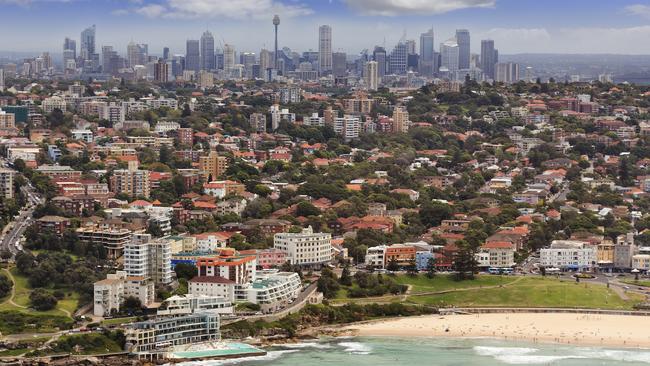NAB lowers house price growth forecast for 2018
House prices are set to grow at a slower pace than previously thought, according to new forecasts from NAB.

House prices are set to grow more slowly than previously thought next year, although unit price growth could be better than expected, according to new forecasts from NAB.
Even so, confidence in the housing market is rising as both rents and prices continue to increase in most states, a survey of property professionals by the bank found.
Sentiment rose six points to +20 in the third quarter and improved in all states except NSW, according to the NAB Residential Property Index.
But worsening affordability and a possible hike in interest rates could crimp price growth next year.
House prices are tipped to lift 3.4 per cent in 2018, down from an earlier forecast of 4.3 per cent, according to NAB Group Economics.
House prices are then likely to rise 2.5 per cent in 2019.
The prediction marks a slowdown in expectations after a period of double-digit price rises, which have recently started to cool amid a bank clampdown on lending and buyer exhaustion.
Unit prices are expected to lift only 0.5 per cent in 2018 — better than a previous forecast of a 0.3 per cent drop — and to fall modestly in 2019, NAB said.
“More moderate market conditions reflect a combination of factors which vary across markets, including deteriorating affordability, rising supply of apartments, tighter credit conditions and rising interest rates in the second half of 2018,” NAB chief economist Alan Oster said.
“But still relatively low mortgage rates, a favourable housing supply-demand balance and strong population growth population growth should continue to provide support for prices going forward.”
Prices were growing solidly in Melbourne and Hobart, while Sydney was cooling, Brisbane and Adelaide were set to cool and Perth was set for a gradual turnaround, he said.
The survey found confidence rose sharply in Victoria and also improved in Western Australia.
First home buyers proved to be key buyers, the survey found, after the introduction of government grants in some states.
The share of foreign buyers for new homes dropped to a five-year low of 9.5 per cent, possibly due to lending restrictions for offshore buyers, NAB said.
Tighter credit was seen as the biggest constraint on new developments in all states.




To join the conversation, please log in. Don't have an account? Register
Join the conversation, you are commenting as Logout